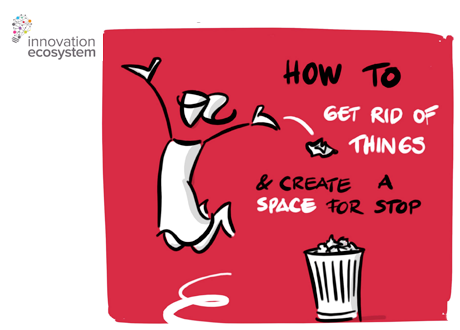Cutting Complexity with Lisa Bodell of Futurethink
In this episode, Lisa and Mark reconvene to share more essential tools for leaders and teams to simplify their work environment from her second book, Why Simple Wins, they explore insights into how companies like SAP, Southwest Airlines and Syngenta are putting simplification principles into action. Join us to learn how simplicity can give you and your organisation the competitive edge of our time!











